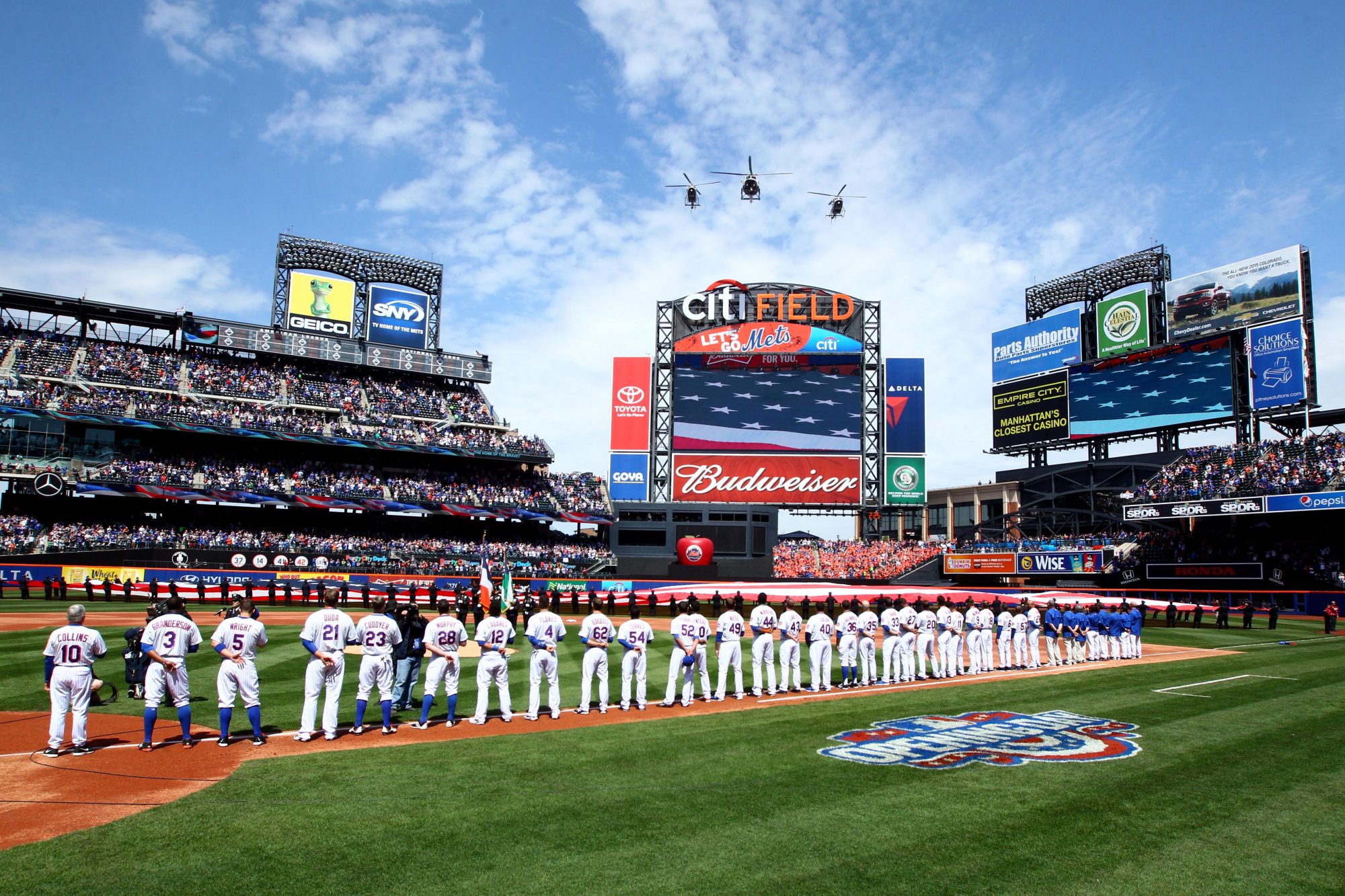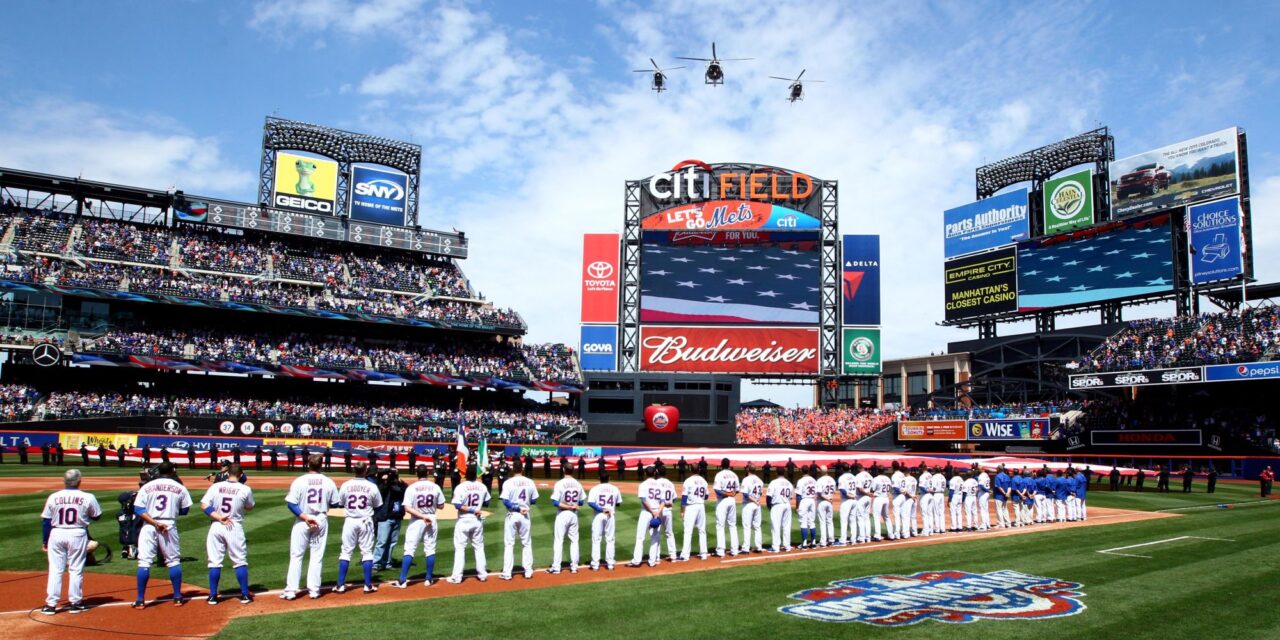
On March 16, Major League Baseball announced a revised schedule, including a plan to make up the first two series of the season that were delayed as a result of the lockout. For the Mets, who had five impacted games (three against the Nationals and two against the Braves), those games have been rescheduled as follows according to Anthony DiComo of MLB.com.
Major League Baseball's revised schedule is out. The Mets will make up their season-opening homestand with a series against the Nationals from Oct. 3-5 at Citi Field, plus doubleheaders against the Braves on May 3 and Aug. 6.
— Anthony DiComo (@AnthonyDiComo) March 16, 2022
The Mets, and all MLB teams, will end their season on a Wednesday this year, which is unusual. The Mets were set to end their regular season in Atlanta on October 2, but instead will board a plane after that game for three more at Citi Field against the Washington Nationals.
The 2023 schedule will be very different from any scheduling MLB has used to date.
Somewhat lost in the frenzy of the new Collective Bargaining Agreement and getting spring training started was the agreement on the new scheduling format baseball will follow beginning next season. The way it works now is teams play the other teams in their division 19 times, teams in the other divisions of the same league six or seven times (depending on the season), six or four geographic rivalry games against one team in the other league, and three games against each team in one division of the other league.
As baseball seeks to broaden its appeal, one strategy is to expose more fans to star players. Let’s face it, if you’re a Mets fan, you see Shohei Ohtani once every three years. In the new scheduling paradigm, every team will play every other team each season. Jayson Stark of The Athletic breaks it down as follows:
DIVISION GAMES (56): Clubs play all four teams in their division 14 times. (Current total: 19) So that means one three-game series and one four-game series each, both home and road.
OTHER 10 LEAGUE OPPONENTS (60): Those non-division teams within your league? You’ll play them six times apiece — three at home, three on the road. (Current total: six or seven apiece)
INTERLEAGUE SCHEDULE (46): Here’s how this works: Every team plays its interleague “rival” (Mets-Yankees, Cubs-White Sox, you know the deal) four times — two at home, two on the road. (Current total: four or six games, depending on the season)
As for the other 14 teams in the opposite league, you’ll play three games against every one of them. Half are at home. Half are on the road. Then that will flip the following year.
This is quite a break from tradition, but I think it’s a great idea. Do we really need to see the Braves, Phillies, Nationals, and Marlins 19 times each season? It should add intrigue to see players and teams from all over MLB each season.
It’s also interesting that the inter-league geographic rivalries will move to four games per season, as opposed to six every third year. Other than the geographic rivalries, teams will play closer the same schedule, which adds fairness. In the current format, teams play either six or seven games against non-divisional opponents in the same league. This can lead to up to a 10-game difference in scheduling, and that will be reduced to a four-game disparity.
Baseball has come a long way. It started out with two leagues. Then, two divisions in two leagues. Then three divisions in each league with inter-league play. Now, for the first time ever, every team will play every other team each year.
MLB is trying to evolve in many ways. The idea of all teams playing each other every season is already in place in the NHL and NBA, and seems to work as those leagues market their players and broaden their reach. Expanding playoff teams to 12 is another step forward. As baseball fans, we may not like it, but the postseason is what sells in every sport.
Some of the steps down the evolutionary path may take a little more getting used to, such as the rule changes proposed above. The exclusive streaming of games, and the need to pay to watch, is another innovation that may not be popular (at least not initially, though the removal of blackout restrictions may appeal to some).
The good news is that in addition to Otani and Mike Trout, each year Mets fans will be able to see players of interest such as Jarred Kelenic, Vladimir Guerrero Jr., Jose Abreu, and Xander Bogaerts. The not-so-good news is that change, especially in baseball, can be difficult for some.
Let’s give it a chance. Who needs to see Bryce Harper 19 teams per season anyway?
















